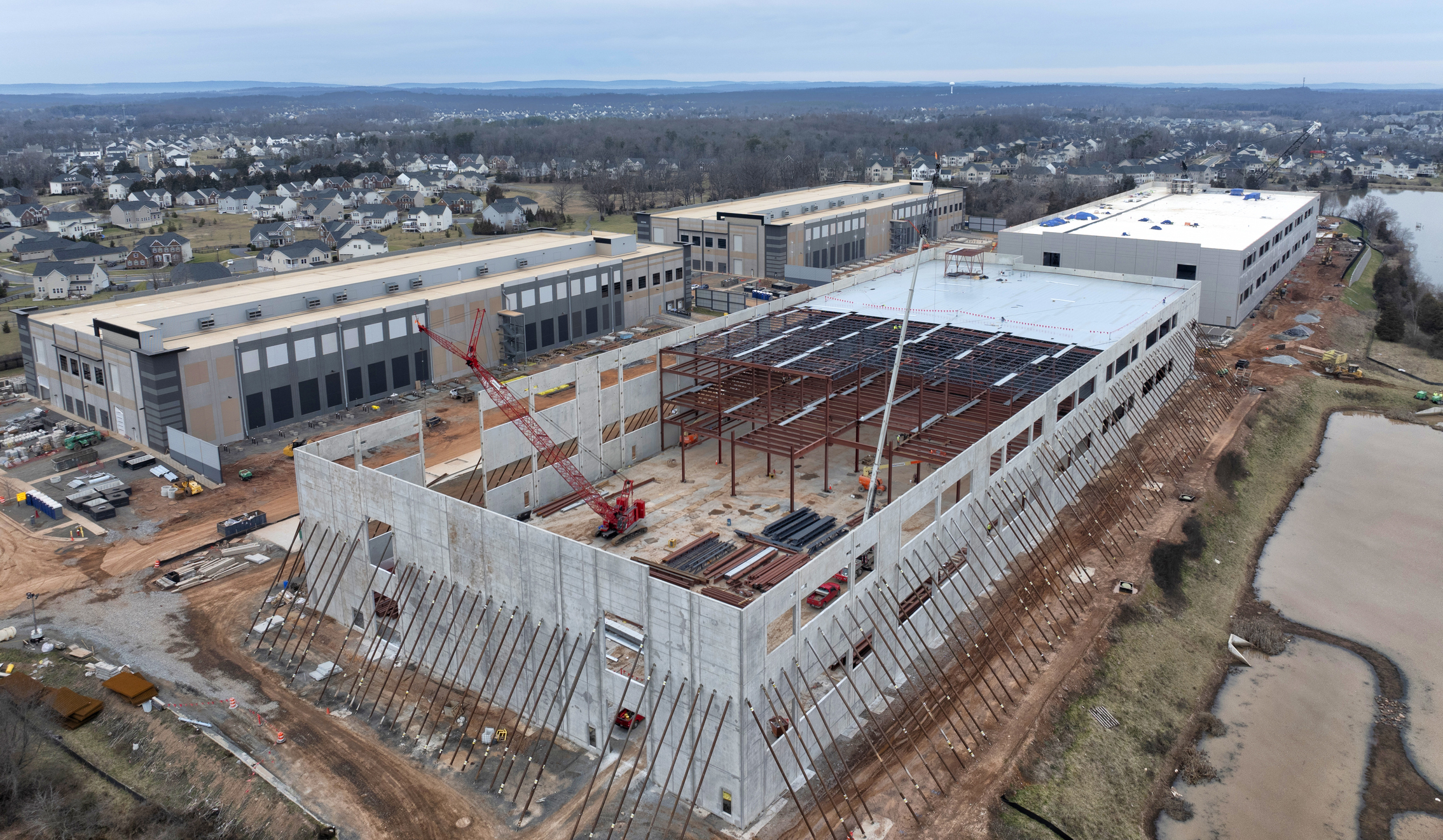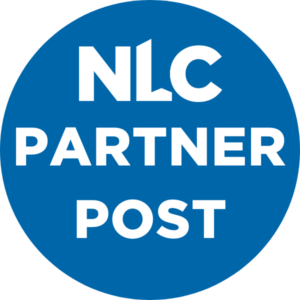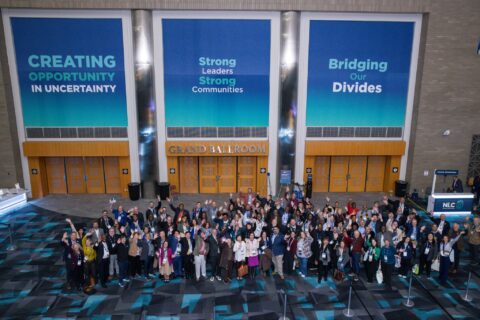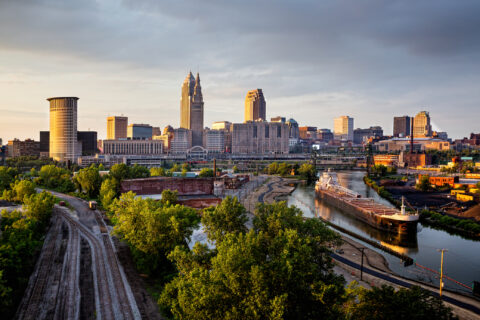Data centers are the physical infrastructure that support our digital economy, yet their impacts, both positive and negative, are often overlooked in local governance discussions. Because of the recent explosion in Artificial Intelligence (AI), cloud computing and other digital services, many areas across the U.S. have seen an increase in data center development and proposals. Speeding the construction of data centers was also a key priority in President Trump’s January Executive Order, “Removing Barriers to American Leadership in Artificial Intelligence,” and the resulting National AI Action Plan.
Fact Sheet #1
You can read more about the basics of data centers in NLC’s first fact sheet of a three-part series, A Primer for Local Governments: Understanding Data Centers.
Cities, towns and villages can take a proactive approach to planning data center development by addressing sustainability, zoning and infrastructure considerations to best position these facilities as community assets.
One of the first concerns residents and businesses may have with the proposal of data center development is that of environmental impacts and resource availability. Data centers operate around the clock, with large amounts of electricity not only powering the servers within data centers that bring digital services online, but also the systems that provide cooling and operational redundancy. Cooling systems, which require significant amounts of water, can vary greatly in their water re-use levels as well as whether they use potable water.
Fact Sheet #2
NLC’s second fact sheet addresses the basics of data center water and energy usage, as well as new technologies to require or encourage developers to implement to conserve resources: Data Centers and Environmental Considerations (PDF).
Fact Sheet #3
The third fact sheet digs into some strategies and examples on how local governments can manage land use and the community impacts of data center development and operation, through zoning ordinances, permitting strategies and other policy tools: Community Strategies to Address Data Center Development and Operation (PDF).
By thinking about data centers proactively, instead of reactively, local leaders can position their city, town or village to be ready for the next big push in digital infrastructure development. Data centers can provide local economic benefits and tax gains for local jurisdictions as long as the proper framework is set in place. NLC encourages local leaders to work collaboratively with state regulators and legislators, local utilities and other communities in the region to implement the Community Strategies outlined in the third fact sheet.
See You at City Summit 2025!
You can learn more about data centers and join the conversation during the workshops at NLC’s 2025 City Summit conference in Salt Lake City, Nov. 20-22, 2025.










